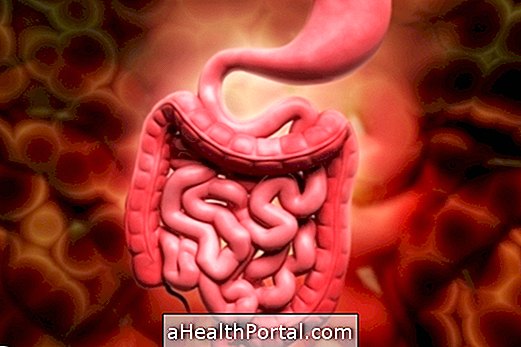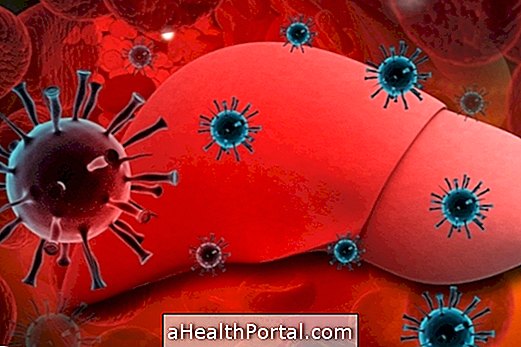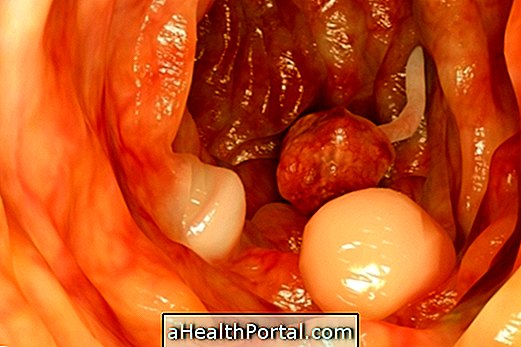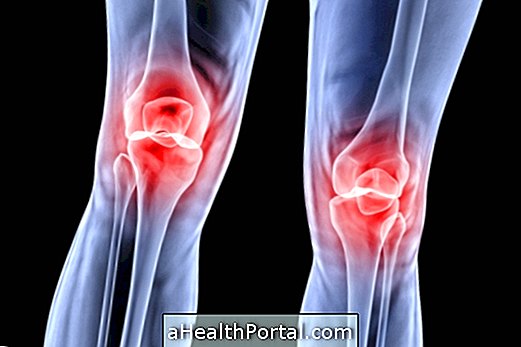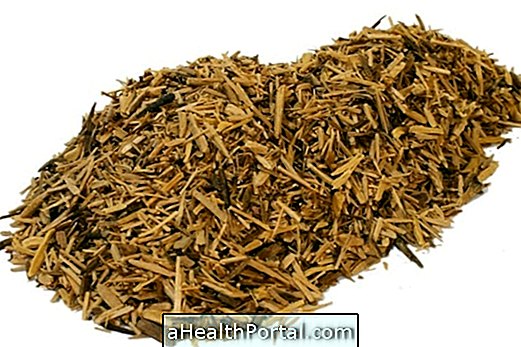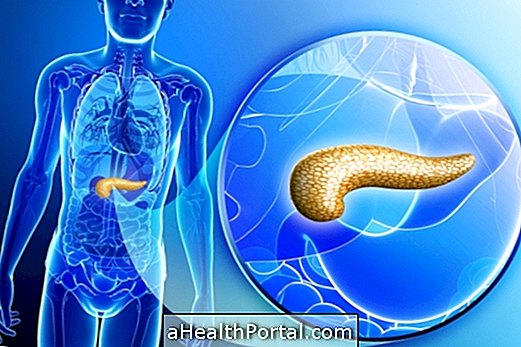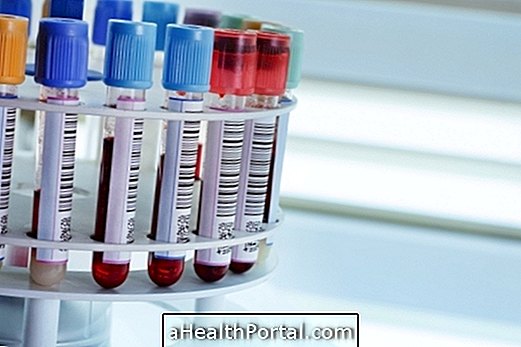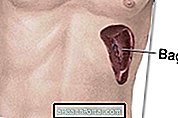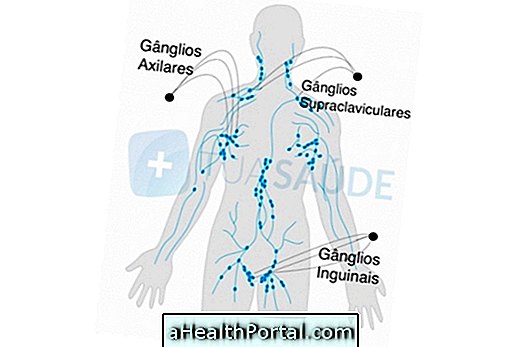The swollen liver, also known as hepatomegaly, is characterized by enlarged liver and can be palpated below the rib on the right side.
The liver may increase due to a variety of conditions, such as cirrhosis, hepatic steatosis, congestive heart failure and, less frequently, cancer.
Hepatomegaly usually does not cause symptoms and treatment is done according to the cause. In case of liver enlargement due to hepatic steatosis, for example, the treatment consists of performing physical activities and adopting an adequate diet. Learn how to diet for fat in the liver.
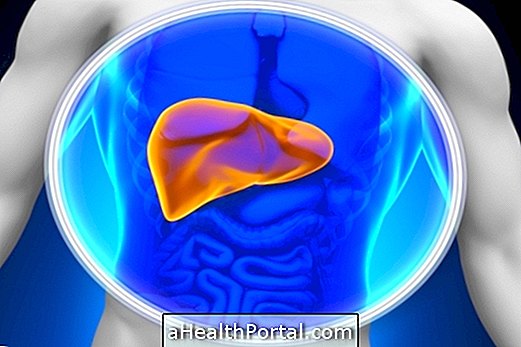
How is the treatment done?
The treatment for the liver aims to identify and eliminate the cause and should be done according to medical recommendations. Some important recommendations in treatment for swollen liver are:
- Adopt a healthy lifestyle while maintaining proper weight;
- Exercise daily;
- Do not consume alcoholic beverages;
- Adopt a diet rich in fruits, vegetables, vegetables and whole grains;
- Do not take medicines without medical advice;
- Do not smoke.
The use of medicines should only be done under medical supervision. Check out some home-cooked choices for liver problems.
Main symptoms
The swollen liver usually does not produce symptoms, however when it is possible to palpate the liver, it is important to see a doctor.
When hepatomegaly is due to liver disease, for example, there may be abdominal pain, poor appetite, nausea, vomiting, tiredness and yellowing of the skin and eyes. If the swelling occurs suddenly, the person feels pain on palpation. Usually the doctor determines the size and texture of the liver by touching it through the abdominal wall, and from there, can predict what type of disease the person presents.
In the case of acute hepatitis, hepatomegaly usually accompanies pain and presents a smooth and soft surface, whereas in chronic hepatitis it becomes hard and firm in cirrhosis when the surface becomes irregular. In addition, in congestive heart failure, the liver becomes sore and the right lobe is greatly increased, whereas in schistosomiasis the liver becomes more swollen on the left side.
The diagnosis of hepatomegaly is made by the hepatologist or general practitioner through physical examination and imaging tests, such as ultrasonography and abdomen tomography, as well as blood tests. See the exams that evaluate liver function.
If you think you may have problems with your liver, please point out the following symptoms:
- 1. Pain in the upper right region of the belly Yes No
- 2. Frequent dizziness or lightheadedness Yes No
- 3. Frequent headache Yes No
- 4. Easy tiredness and no apparent reason Yes No
- 5. Easy bruising Yes No
- 6. Yellowing of eyes or skin
- 7. Dark urine Yes No
- 8. Loss of appetite Yes No
- 9. Yellowish, gray or off-white faeces Yes No
- 10. Swollen belly Yes No
- 11. Itching all over the body Yes No

Possible causes of swollen liver
The main cause of hepatomegaly is hepatic steatosis, that is, accumulation of fat in the liver which can lead to inflammation of the organ and consequently its swelling. Other possible causes of hepatomegaly are:
- Excessive consumption of alcoholic beverages;
- Diet rich in fats, canned, refrigerated and fried;
- Heart diseases;
- Hepatitis;
- Cirrhosis;
- Leukemia;
- Cardiac insufficiency;
- Nutritional deficiencies, such as marasmus and kwashiorkor, for example;
- Niemann-Pick disease;
- Infections by parasites or bacteria, for example;
- Presence of fat in the liver due to diabetes, obesity and high triglycerides.
A less frequent cause of swollen liver is the appearance of a tumor in the liver, which can be identified by means of imaging tests such as abdominal tomography or ultrasonography.


